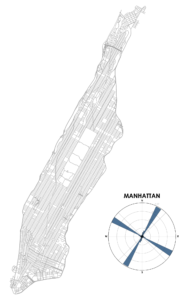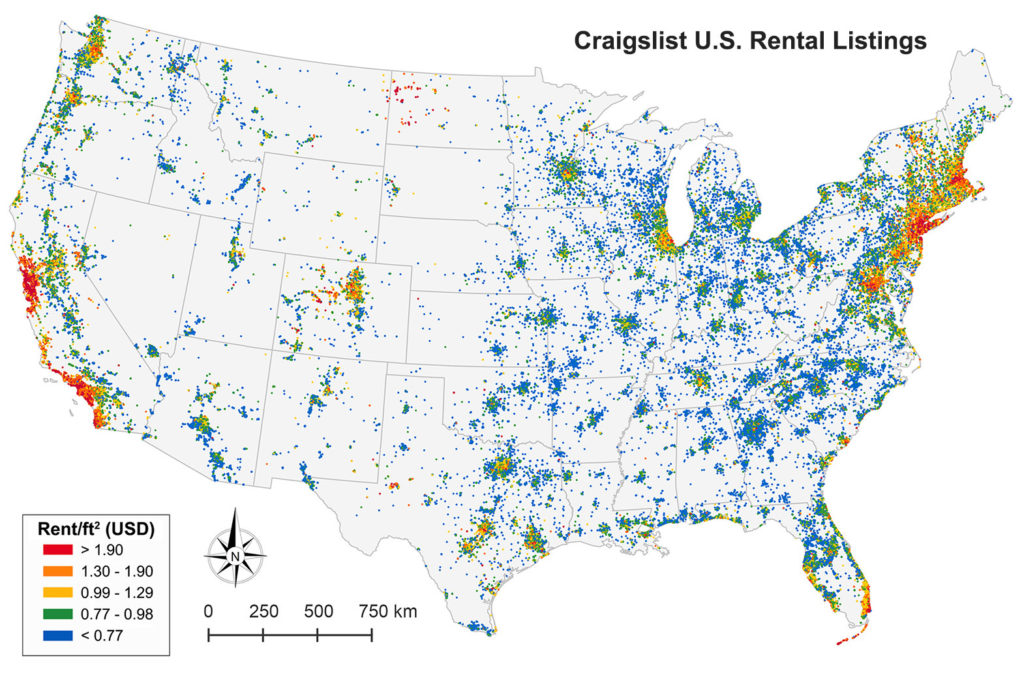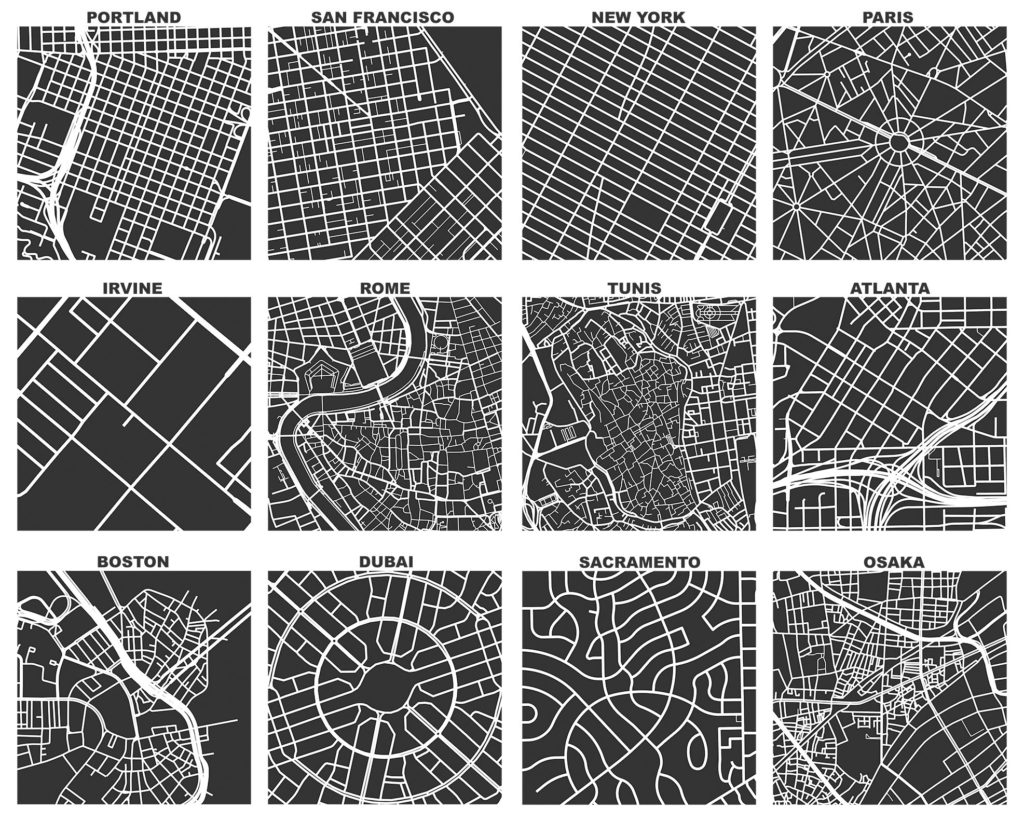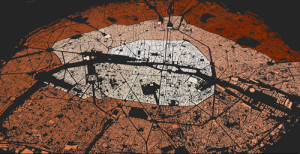 I am giving the Transactions in GIS plenary address at the AAG conference this afternoon. I’ll be reflecting on urban science, spatial networks, and tool-building in academia, focusing on OSMnx. A paper will be forthcoming soon, but in the meantime, for any interested plenary session attendees or other folks, here are a few links to more info and related resources:
I am giving the Transactions in GIS plenary address at the AAG conference this afternoon. I’ll be reflecting on urban science, spatial networks, and tool-building in academia, focusing on OSMnx. A paper will be forthcoming soon, but in the meantime, for any interested plenary session attendees or other folks, here are a few links to more info and related resources:
Getting started
What is OSMnx? What does it do? Here’s a succinct overview.
The easiest way to get started with street network modeling and analysis in OSMnx is with this docker image and these example/tutorial Jupyter notebooks. The OSMnx software documentation is available here and this journal article introduces it more formally.


 interactive web maps. To do this, we use the Python programming language, open source analysis and visualization tools, and public data.
interactive web maps. To do this, we use the Python programming language, open source analysis and visualization tools, and public data.